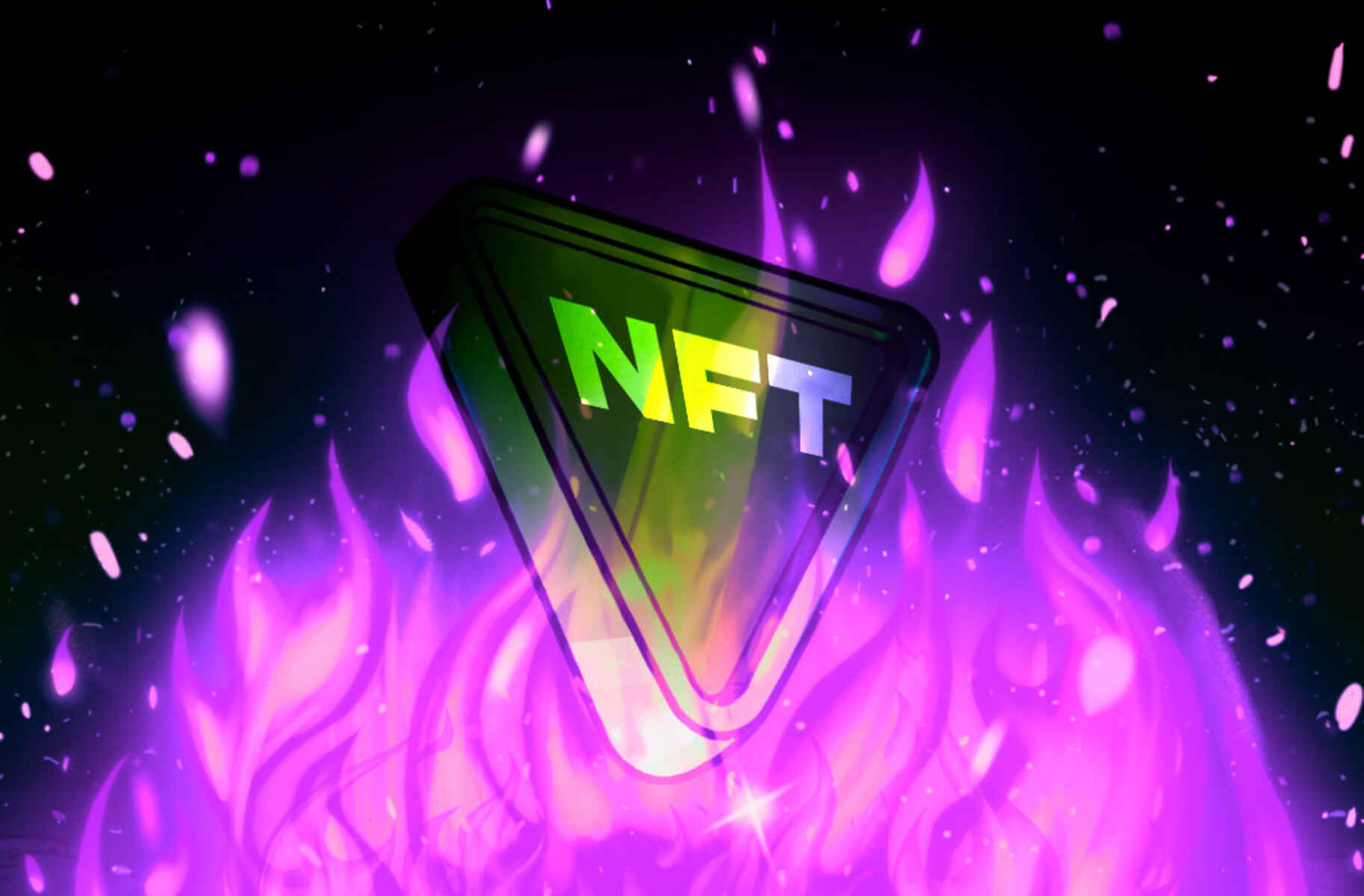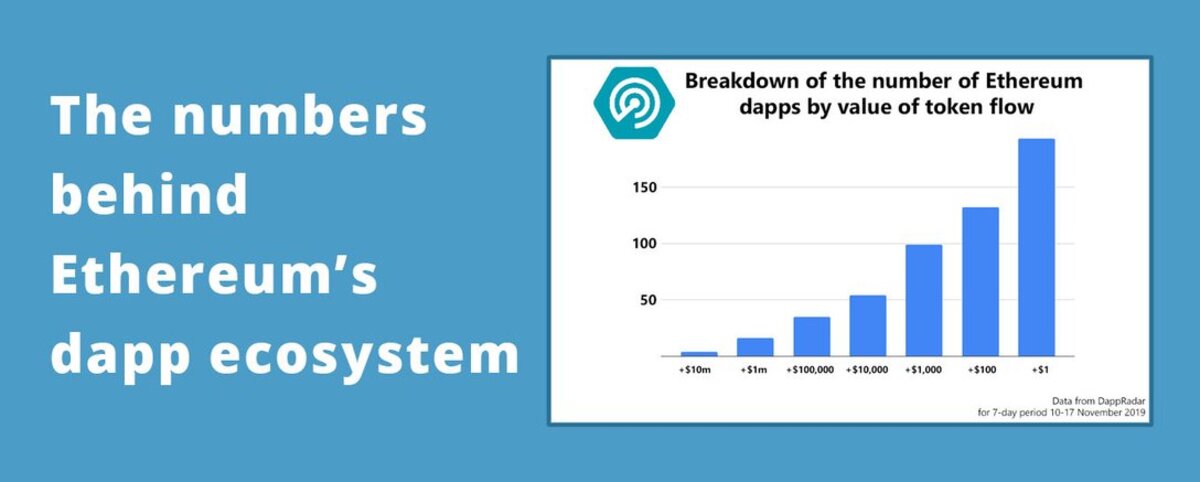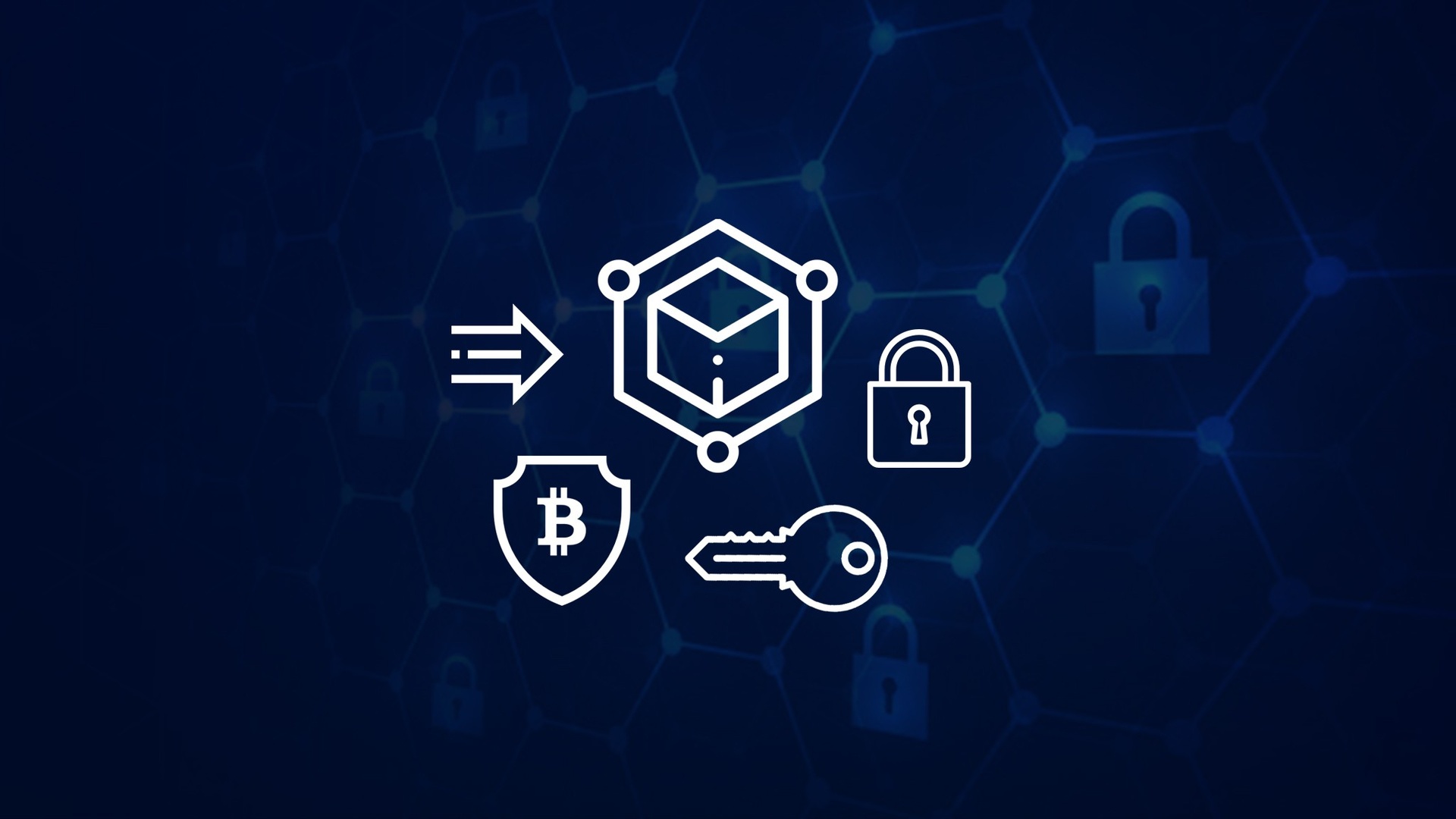Introduction
The world is constantly evolving, and with it, so is technology. One revolutionary technology that has taken the world by storm is blockchain. It has gained immense popularity and has the potential to reshape various industries in the coming years. But what exactly is blockchain, and why is it considered the future?
Blockchain is a decentralized, transparent, and secure digital ledger that records and verifies transactions across multiple computers or nodes. Unlike traditional centralized systems, blockchain does not rely on a single authority or intermediary. Instead, it operates on a peer-to-peer network, where every participant has access to the same information, ensuring trust, security, and immutability.
The concept of blockchain was first introduced by the enigmatic figure known as Satoshi Nakamoto, who outlined its potential in the context of cryptocurrencies like Bitcoin. However, blockchain’s potential extends beyond digital currencies. It has the power to revolutionize numerous industries, including finance, supply chain management, healthcare, and even government services.
So, how does blockchain work? At its core, blockchain is a chain of blocks, where each block contains a list of transactional data. These blocks are linked together using cryptographic hashes, creating an unalterable and tamper-resistant record. Once a block is added to the chain, it becomes part of a permanent and transparent ledger that can be accessed and verified by anyone on the network.
The benefits of blockchain are numerous, making it a promising technology for the future. Firstly, blockchain ensures transparency and accountability, as every transaction is recorded and verified by multiple participants. This increases trust and reduces the risk of fraud or manipulation. Secondly, blockchain offers enhanced security, as each transaction is encrypted and linked to the previous block in the chain, making it virtually impossible to alter or counterfeit. Moreover, blockchain eliminates the need for intermediaries, reducing costs and speeding up transaction times.
In recent years, blockchain has found applications in various industries. In the financial sector, blockchain-based cryptocurrencies have gained traction, providing an alternative to traditional banking systems. Blockchain is also being used in supply chain management to enhance transparency and traceability, ensuring the authenticity and provenance of products. Additionally, blockchain has the potential to transform the healthcare industry by securely storing and sharing patient records, improving data privacy and interoperability.
What is Blockchain?
Blockchain is a revolutionary technology that has the potential to change the way we transact, share information, and establish trust in various industries. At its core, blockchain is a decentralized, transparent, and secure digital ledger that records and verifies transactions across multiple computers or nodes.
Unlike traditional centralized systems where a single authority or intermediary controls the flow of information, blockchain operates on a peer-to-peer network. This means that every participant in the network has access to the same information, ensuring transparency and eliminating the need for intermediaries.
The concept of blockchain was first introduced by the elusive figure known as Satoshi Nakamoto, who outlined its potential in the context of cryptocurrencies like Bitcoin. However, the applications of blockchain go far beyond digital currencies.
So, how does blockchain work? Imagine a chain of blocks, where each block contains a list of transactional data. These blocks are linked together using cryptographic hashes, creating an unalterable and tamper-resistant record. Each block in the chain is connected to the previous one, forming a chronological sequence of transactions.
When a new transaction is submitted to the blockchain network, it gets verified by multiple participants, known as nodes. These nodes perform complex mathematical computations to validate the transaction and reach a consensus on its validity. Once the transaction is verified, it is added to a new block, which is then appended to the existing chain.
One of the key features of blockchain is its immutability. Once a block is added to the chain, it becomes part of a permanent and transparent ledger that can be accessed and verified by anyone on the network. This ensures that the data stored on the blockchain is tamper-proof and resistant to manipulation.
Blockchain offers several benefits that make it an appealing technology for the future. Firstly, it provides transparency and accountability, as every transaction is recorded and verified by multiple participants. This increases trust and reduces the risk of fraud or manipulation.
Secondly, blockchain offers enhanced security. Each transaction is encrypted and linked to the previous block in the chain, making it virtually impossible to alter or counterfeit. This feature makes blockchain particularly useful in industries where data integrity and security are crucial.
Moreover, blockchain eliminates the need for intermediaries, reducing costs and speeding up transaction times. By removing the reliance on central authorities, blockchain empowers individuals to transact directly with one another, bypassing traditional intermediaries like banks or payment processors.
Overall, blockchain is a game-changing technology that has the potential to disrupt various industries. Its decentralized nature, transparency, and security make it a powerful tool for revolutionizing finance, supply chain management, healthcare, and many other sectors. As blockchain continues to evolve and gain wider adoption, we can expect to see significant advancements and innovative applications in the future.
How does Blockchain Work?
Blockchain is a complex technology that operates on a decentralized network, ensuring transparency, security, and immutability of data. To understand how blockchain works, let’s delve into its fundamental components and processes.
At its core, blockchain is a chain of blocks, where each block contains a list of transactional data. These blocks are linked together using cryptographic hashes, creating an unalterable and tamper-resistant record.
When a new transaction is submitted to the blockchain network, it goes through a process called validation or verification. Multiple participants, also known as nodes, perform complex mathematical computations to validate the transaction and reach a consensus on its accuracy. This consensus mechanism ensures that all participants on the network agree on the validity of the transaction before it is added to the blockchain.
Once a transaction is verified, it is grouped together with other validated transactions to form a new block. Before the block is added to the chain, it undergoes a hashing process. A cryptographic hash function converts the data in the block into a unique string of characters. This hash is then added to the block’s header, and the header of the previous block is referenced, creating a link between the two blocks.
By linking each block to the previous one, blockchain forms a chronological chain of transactions. This linking mechanism ensures the integrity and immutability of the data stored on the blockchain. Any attempt to modify a block would require changing the hash of that block, which would in turn invalidate the subsequent blocks in the chain, making it nearly impossible to tamper with the data.
Blockchain operates on a decentralized network, which means that there is no central authority controlling the flow of information. Instead, every participant in the network has a copy of the entire blockchain. This redundancy ensures that even if some nodes in the network go offline or are compromised, the blockchain remains accessible and continues to function.
In addition to its transparent and tamper-resistant nature, blockchain also offers privacy for its participants. While all transactions on the blockchain are visible to all participants, the identities of the parties involved can remain anonymous or pseudonymous, depending on the specific blockchain implementation.
Blockchain technology can be implemented in various ways, with different consensus mechanisms and governance structures. Some popular consensus mechanisms include Proof of Work (PoW) and Proof of Stake (PoS), each with its own set of advantages and limitations. These mechanisms ensure that the process of validating transactions and adding blocks to the blockchain is secure, efficient, and decentralized.
Overall, blockchain is a robust and innovative technology that ensures the integrity and security of data in a decentralized manner. By combining cryptographic hashes, consensus algorithms, and distributed networks, blockchain provides an immutable and transparent ledger that has the potential to transform industries and improve trust in the digital world.
Benefits of Blockchain
Blockchain technology offers a wide range of benefits that have the potential to revolutionize various industries. From enhanced security to increased transparency, here are some key advantages of blockchain:
1. Transparency: One of the most significant benefits of blockchain is its transparency. Every transaction recorded on the blockchain is visible to all participants in the network. This transparency fosters trust and accountability by allowing individuals to verify and audit transactions without relying on a centralized authority.
2. Security: Blockchain provides robust security features that protect against unauthorized access and tampering. Each transaction on the blockchain is encrypted, making it extremely difficult for hackers to intercept or manipulate the data. Moreover, the decentralized nature of blockchain ensures that there is no single point of failure, minimizing the risk of cyber attacks.
3. Immutability: Once a transaction is added to the blockchain, it becomes a permanent part of the ledger. The data stored on the blockchain is tamper-resistant, as any attempt to modify a block would require altering the entire chain of blocks. This immutability makes blockchain an ideal solution for applications where data integrity is crucial, such as financial transactions, supply chain management, or intellectual property rights.
4. Efficiency: Traditional business processes often involve multiple intermediaries and manual verification processes, leading to delays and increased costs. Blockchain eliminates the need for intermediaries by allowing peer-to-peer transactions, streamlining processes and reducing overhead costs. The automation and efficiency provided by blockchain can significantly improve the speed and accuracy of transactions.
5. Cost Reduction: By removing intermediaries and automating processes, blockchain has the potential to cut costs in various industries. For example, in the financial sector, blockchain-based cryptocurrencies provide a more cost-efficient alternative to traditional banking systems. Additionally, the elimination of manual paperwork, reconciliation, and auditing processes can lead to substantial cost savings in supply chain management and healthcare.
6. Increased Trust: The decentralized nature of blockchain, combined with its transparency and immutability, builds trust among participants. As every transaction is verified and recorded on the blockchain, it becomes nearly impossible for fraudulent activities to go unnoticed. This increased trust can have far-reaching implications in sectors such as finance, where trust in intermediaries has been a long-standing issue.
7. Traceability: Blockchain allows for the transparent and traceable tracking of assets or products throughout a supply chain. By recording every transaction or movement of an asset on the blockchain, stakeholders can easily verify the origin, quality, and authenticity of products. This not only helps combat counterfeiting but also improves supply chain efficiency and reduces the risk of fraud.
8. Decentralization: The decentralized nature of blockchain means that no single entity has control over the entire network. This eliminates the risk of a single point of failure and makes blockchain more resilient to attacks or system failures. Decentralization also allows for greater inclusivity, empowering individuals who lack access to traditional financial services or those in countries with unstable banking systems.
Overall, blockchain technology offers a myriad of benefits that have the potential to transform industries and improve business processes. From increased transparency and security to reduced costs and enhanced trust, the adoption of blockchain has the potential to drive innovation and reshape the future of many sectors.
How Blockchain is Being Used Today
Blockchain technology has gained significant traction in recent years, and its potential applications are being explored across various industries. Here are some key areas where blockchain is being used today:
1. Cryptocurrencies: The most well-known application of blockchain is in cryptocurrencies like Bitcoin and Ethereum. Blockchain provides a secure and decentralized infrastructure for digital currencies, enabling peer-to-peer transactions without the need for intermediaries like banks. Cryptocurrencies have gained popularity as alternative investment vehicles and as a means of transferring value globally.
2. Supply Chain Management: Blockchain is being used to transform supply chain management by enhancing transparency, traceability, and accountability. With blockchain, stakeholders can track the movement of goods from production to delivery, ensuring authenticity, provenance, and compliance. This level of transparency not only reduces the risk of fraud but also improves efficiency, as supply chain participants can quickly identify and resolve issues.
3. Financial Services: The financial industry has embraced blockchain technology to streamline processes, enhance security, and reduce costs. Blockchain-based platforms enable faster and more secure cross-border payments, eliminating the need for intermediaries and reducing transaction fees. Blockchain is also being used for smart contracts, which can automate and enforce the terms of agreements, minimizing the risk of fraud and reducing administrative overhead.
4. Healthcare: Blockchain has the potential to revolutionize healthcare by securely storing and sharing patient records. With blockchain, medical information can be stored in a tamper-resistant and interoperable manner, ensuring privacy and improving care coordination. Blockchain can also facilitate research by allowing secure and consent-based sharing of medical data, leading to breakthroughs in disease treatment and prevention.
5. Identity Management: Blockchain is being used for decentralized identity management, providing individuals with control over their personal data. Blockchain-based identity solutions can eliminate the need for multiple usernames and passwords across different platforms, enhancing security and reducing the risk of identity theft. Individuals can securely share verified attributes, such as age or credentials, without revealing their entire identity.
6. Voting Systems: Blockchain technology has the potential to revolutionize voting systems by providing a transparent and secure platform for elections. Blockchain can ensure the integrity and immutability of voting records, preventing fraud and ensuring that every vote is accurately counted. By removing the reliance on centralized authorities, blockchain-based voting systems can increase trust and improve democratic processes.
7. Intellectual Property: Blockchain can be used to protect intellectual property rights by creating a decentralized registry for patents, copyrights, and trademarks. By recording ownership and transactional history on the blockchain, creators can prove ownership and protect their intellectual creations from infringement. This has the potential to streamline the process of IP registration and encourage innovation.
These are just a few examples of how blockchain is being used today. The technology’s versatility and potential for disruption have led to its exploration in numerous other sectors, including energy, real estate, logistics, and more. As blockchain continues to evolve, we can expect to see even more innovative and transformative applications in the near future.
Potential Applications of Blockchain in the Future
As blockchain technology continues to evolve and gain wider adoption, its potential applications in various industries are expanding. Here are some potential areas where blockchain could have a significant impact in the future:
1. Decentralized Finance (DeFi): DeFi is a rapidly growing sector within the blockchain space that aims to provide financial services without the need for traditional intermediaries. With blockchain, individuals can access services such as lending, borrowing, and decentralized exchanges directly, bypassing banks and other financial institutions. DeFi has the potential to democratize access to financial services, especially for individuals who are currently underserved by the traditional banking system.
2. Internet of Things (IoT): Blockchain can enhance the security and reliability of IoT devices by providing a decentralized network for device communication and data storage. With blockchain, IoT devices can securely communicate with each other and share data, ensuring the integrity and privacy of the information exchanged. Blockchain can also enable new business models for IoT devices, such as device-to-device payments and autonomous machine-to-machine transactions.
3. Supply Chain Optimization: Blockchain has the potential to revolutionize supply chain management by optimizing processes and enhancing transparency. By recording every transaction and movement of goods on the blockchain, supply chain stakeholders can track and verify the origin, quality, and authenticity of products. This transparency helps combat counterfeiting, reduces delays, and improves overall efficiency in supply chain operations.
4. Digital Identity: Digital identity is an area where blockchain can provide secure and reliable solutions. With blockchain, individuals can have control over their personal data and manage their digital identity more effectively. Blockchain-based identity systems can allow for decentralized and verifiable credentials, reducing reliance on centralized authorities and minimizing the risk of identity theft or fraud.
5. Energy Trading and Management: Blockchain can facilitate peer-to-peer energy trading, enabling individuals to buy and sell excess energy generated from renewable sources. This decentralized energy trading can help promote renewable energy adoption, reduce dependency on centralized power grids, and enable more efficient energy distribution. Additionally, blockchain can enable the creation of smart grids, where energy consumption and production can be optimized based on real-time data.
6. Healthcare Data Interoperability: Blockchain has the potential to address the challenge of data interoperability in healthcare. By securely storing and sharing patient health records on the blockchain, healthcare providers and patients can access comprehensive and up-to-date medical information. This can improve care coordination, reduce medical errors, and enhance patient outcomes. Blockchain can also facilitate consent-based sharing of medical data for research purposes, leading to advancements in medical treatments and therapies.
7. Governance and Voting: Blockchain can provide a transparent and secure platform for governance and voting systems. With blockchain, the integrity of voting records can be ensured, preventing fraud or tampering. Blockchain-based governance systems can enable decentralized decision-making and increased transparency in areas such as corporate governance, public administration, and non-profit organizations.
These potential applications of blockchain are just the tip of the iceberg. As the technology continues to evolve, new use cases and opportunities are likely to emerge, fuelling innovation and transforming various industries. The future of blockchain holds immense promise for creating more efficient, transparent, and trusted systems across sectors.
Challenges and Limitations of Blockchain
While blockchain technology holds tremendous potential, it is not without its challenges and limitations. Here are some of the key factors that can pose challenges to the widespread adoption and implementation of blockchain:
1. Scalability: One of the major challenges facing blockchain is scalability. As the number of transactions and participants on the network increases, the speed of transaction verification and confirmation can decrease. Blockchain networks like Bitcoin and Ethereum have experienced scalability issues, resulting in slower transaction times and higher fees. Solving scalability concerns will be crucial for blockchain to handle mainstream adoption and meet the demands of a global-scale network.
2. Energy Consumption: Another challenge associated with blockchain is the significant energy consumption required for mining and verifying transactions. Proof of Work (PoW) consensus algorithms, such as those used in Bitcoin, demand substantial computational power and energy consumption, leading to environmental concerns. While efforts are being made to develop alternative consensus mechanisms, such as Proof of Stake (PoS), that are more energy-efficient, the energy consumption issue remains a key consideration for blockchain adoption.
3. Regulatory Concerns: As blockchain technology becomes more prevalent, regulatory challenges and uncertainties arise. Different countries have varying regulations and approaches towards cryptocurrencies and blockchain applications. Implementing blockchain on a global scale requires navigating through these regulatory frameworks, which can differ significantly and potentially hinder innovation and adoption.
4. Privacy and Security: While blockchain offers enhanced security in terms of data integrity and immutability, privacy concerns remain. As transactions on the blockchain are transparent and visible to all participants, protecting sensitive information can be a challenge. Striking a balance between maintaining privacy and ensuring transparency remains a key consideration for blockchain applications in sectors like healthcare, finance, and identity management.
5. Interoperability: Interoperability between different blockchain networks and platforms is one of the limitations facing the technology. Currently, numerous blockchain networks operate as isolated ecosystems, hindering seamless data transfer and interoperability between different systems. Establishing standards and protocols for interoperability will be critical to unlock the full potential of blockchain in exchanging information and assets across various networks.
6. Adoption and Education: Despite the growing awareness and interest in blockchain, there is still a knowledge gap among businesses, governments, and the general public. Understanding the benefits and limitations of blockchain technology is essential for its successful adoption. Educating stakeholders and providing accessible resources will be crucial to drive broader adoption and implementation across industries.
7. Cost and Complexity: Implementing blockchain technology involves initial investments in infrastructure, development, and maintenance. The complexity of integrating blockchain into existing systems can also pose challenges for organizations. Determining the return on investment and navigating the technical complexities of blockchain implementation are considerations that organizations need to carefully evaluate.
8. Governance and Consensus: Blockchain networks rely on consensus mechanisms to validate transactions and maintain the integrity of the ledger. However, achieving consensus among a decentralized network of participants can be challenging, especially in cases where conflicting interests or consensus rules arise. Designing effective governance models that ensure fair decision-making and avoid concentration of power remain areas of focus for blockchain development.
While blockchain technology shows tremendous promise, it is essential to recognize and address these challenges and limitations to foster its wider adoption and maximize its potential benefits. Overcoming these obstacles will require continued innovation, collaboration, and iteration in the blockchain ecosystem.
Conclusion
Blockchain technology has emerged as a revolutionary force with the potential to reshape various industries. Its decentralized, transparent, and secure nature makes it a powerful tool for enhancing trust, security, and efficiency in digital transactions and data management.
Throughout this article, we have explored what blockchain is, how it works, and its current and future applications. We have seen that blockchain offers numerous benefits, including transparency, security, immutability, and cost reduction. These advantages have paved the way for the adoption of blockchain in areas such as cryptocurrencies, supply chain management, finance, healthcare, and more.
As blockchain technology continues to evolve, it faces several challenges and limitations. Scalability, energy consumption, regulatory concerns, and privacy issues are among the hurdles that need to be addressed for widespread adoption. Additionally, interoperability, education, cost, governance, and consensus mechanisms require careful consideration to unlock the full potential of blockchain.
Despite these challenges, the future of blockchain looks promising. The technology has the potential to revolutionize industries, empower individuals, enhance trust, and drive innovation. As organizations, governments, and individuals continue to explore the possibilities, collaborative efforts and continued advancements will shape the trajectory of blockchain.
It is crucial for stakeholders to stay informed, educate themselves, and adapt to the evolving landscape of blockchain. Embracing this technology requires a willingness to explore new solutions, navigate regulatory frameworks, and invest in the necessary infrastructure and expertise.
In conclusion, blockchain technology holds immense promise. Its transformative power can unlock tremendous opportunities for efficiency, transparency, and security in various sectors. With ongoing development, collaboration, and adoption, blockchain has the potential to revolutionize the way we transact, share information, and establish trust in the digital age.

























